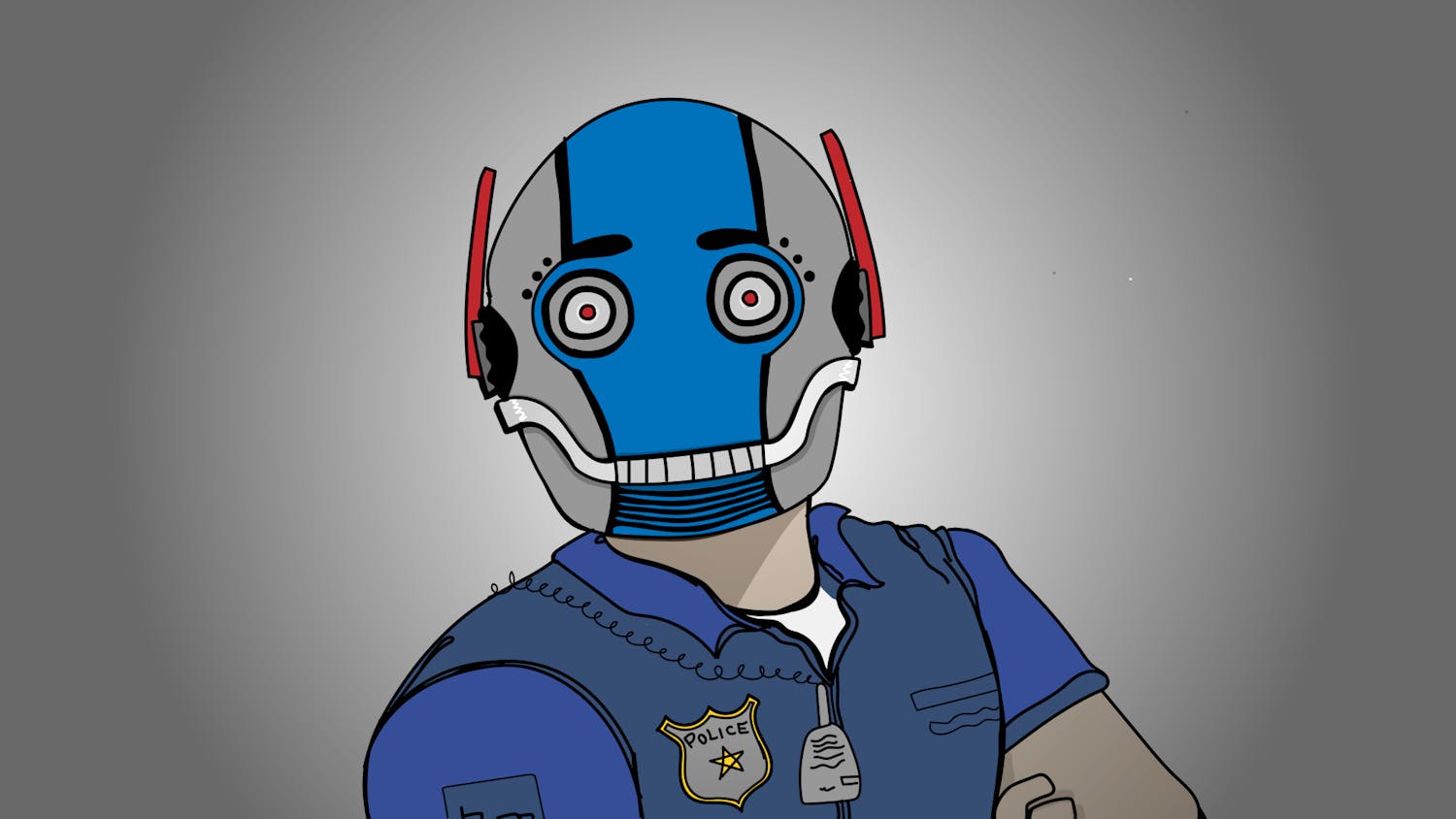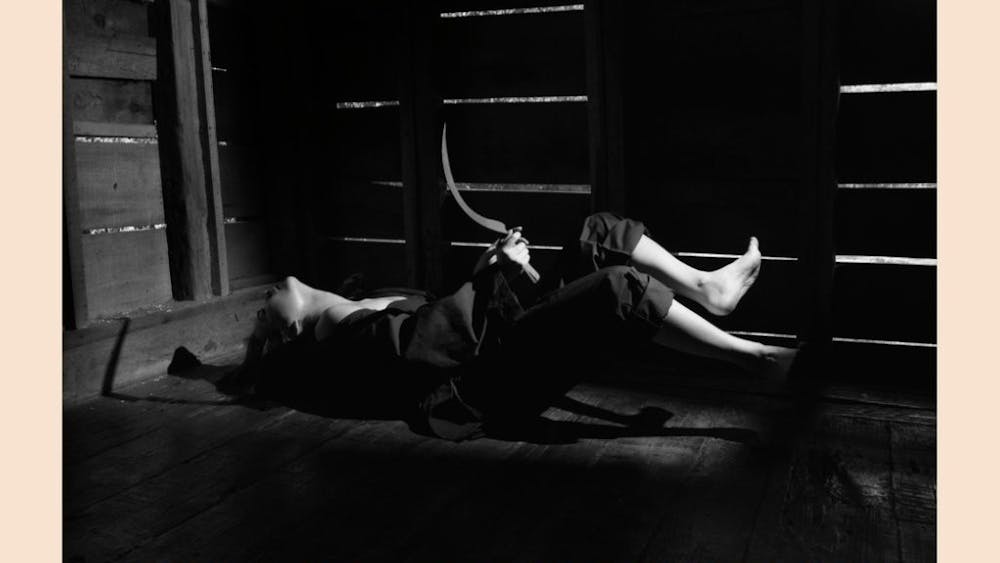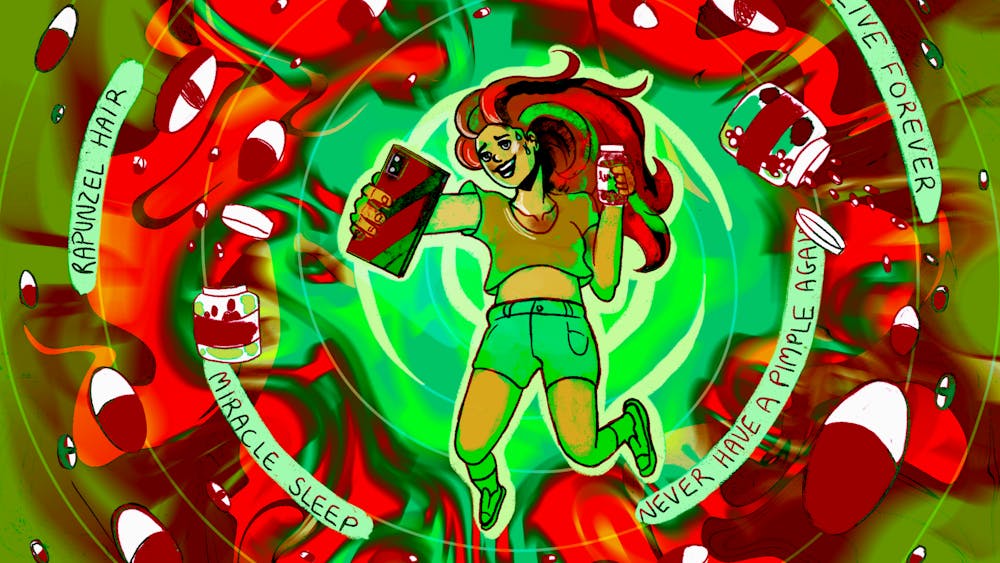Moisés Kaufman's "The Laramie Project," a play about Matthew Shepard and the town of Laramie, Wyo., is playing in Bloomington this week, and it has me thinking again about hate crime laws. \nIn October 1998, Shepard was beaten, tied to a secluded fence and left to die just because he was gay. His murder ignited a national debate on whether hate crimes (crimes specifically motivated by race, religion, sexual orientation or some other prejudice) deserve an enforceable place in U.S. law.\nAt the beginning of that debate, even after Shepard's death, I was originally opposed to hate crime laws. As I read more about them, however, I discovered much of my opposition was rooted in anemic excuses, and I came to my senses.\nThe chief goal for hate crime opponents is to prove there's no difference between hate crimes and other crimes. They've done this shrewdly and upon inherently false pretenses: if two men are murdered identically, one at random and the other because he is gay, then the claim is these crimes are no different. The rallying cry is often the clichéd "a murder is a murder is a murder."\nNo doubt, it would be a very compelling argument if it weren't so blatantly untrue. The U.S. justice system treats crimes differently according to its victim, its impact and its intent. Our legal system, therefore, can convict on varying degrees of murder and dole out varying degrees of sentences and punishments. Ideally, it'd all be the same because, in the end, someone is still dead, but under the complexities of the law, it is not.\nAdding hate crime charges to any case is not easy. You can't prosecute a hate crime depending upon who the victim happens to be -- there must be a clear, discernable pattern based on material evidence proving the prejudiced motivation.\nTaking motive and state of mind into consideration does not make a hate crime, as some portray them, some sort of chilling, Orwellian thought crime. Columnist George Will wrote in 1998: "Some motives for seemingly similar deeds are so much worse than others that they make some deeds different not only in degree of odiousness but in kind: Painting 'Beat Michigan' on a bridge is not quite the same offense as painting 'Burn Jews' on a synagogue. Surely the criminal law can take cognizance of such distinctions."\nOpponents come out swinging hard that hate crime laws violate the First Amendment because they punish people for their thoughts rather than their actions. But the U.S. Supreme Court unanimously rejected this notion in 1993 when it upheld enhanced sentencing for hate crimes. \n"A physical assault is not by any stretch of imagination expressive conduct protected by the First Amendment," Chief Justice William Rehnquist wrote.\nAdditionally, hate crimes are qualitatively different because the overall ending is different. Even if the damages to the immediate victims are the same, the total impact of the hate crime is not. In each hate crime, the message sent to the whole group to which the victim belongs is: "Watch out, or this could happen to you."\nThe American Psychological Association published a study that noted most hate crimes are carried out by otherwise law-abiding people who see little wrong in their actions. In some settings, some offenders actually perceive they have societal permission to engage in hate crimes.\nIt's the hate crimes themselves, not the legislation empowering the state to punish, that violate liberty to the greatest degree. A hate crime victim is certainly not the more important victim, but arguably he or she is the victim of a more important crime. Maybe Indiana (one of the last states without state hate crime laws) can reach that conclusion soon.
Hate crime time
Get stories like this in your inbox
Subscribe





